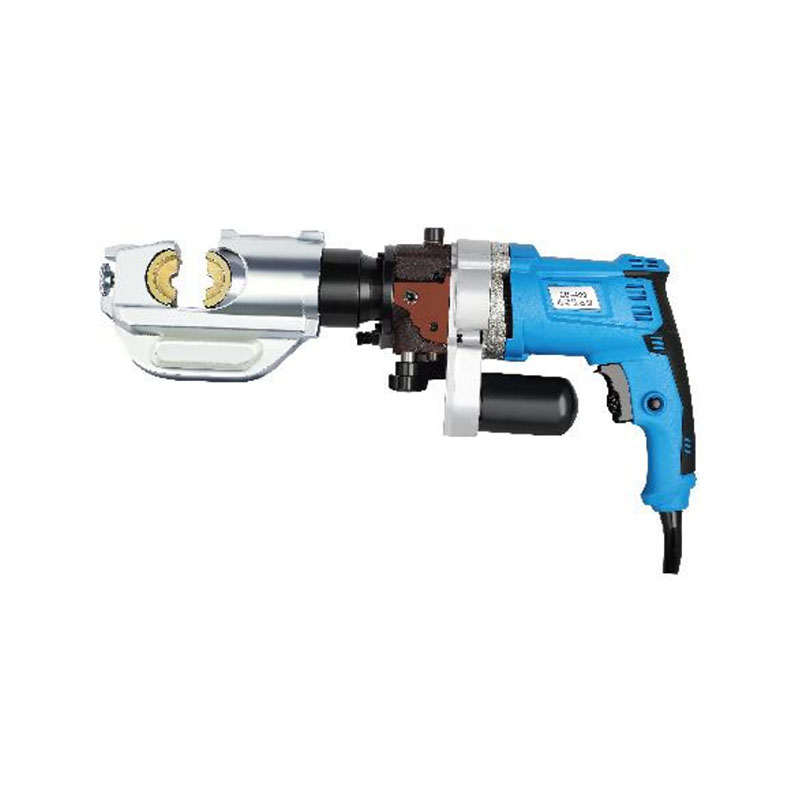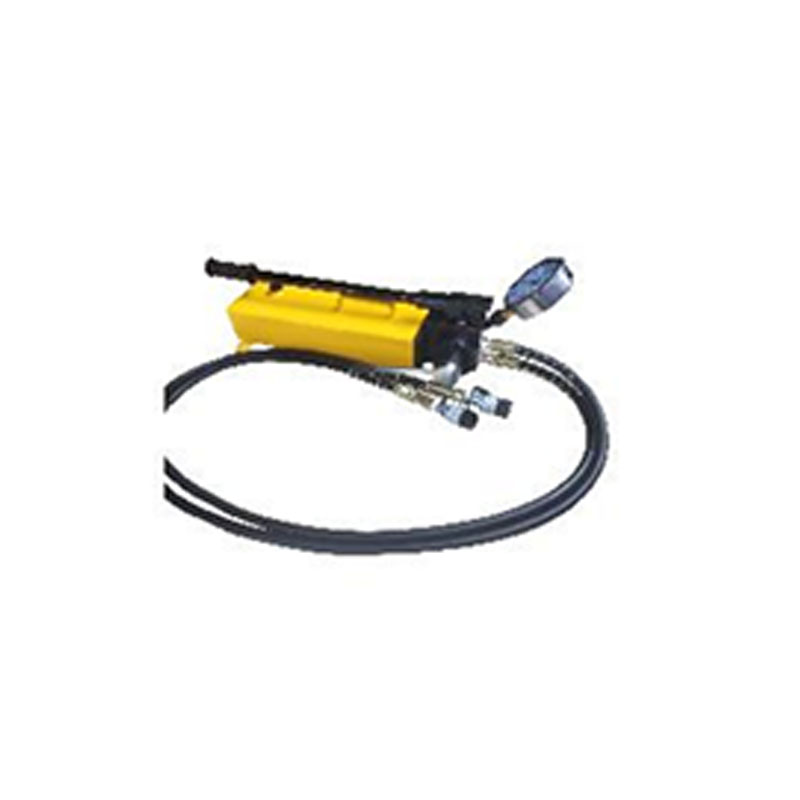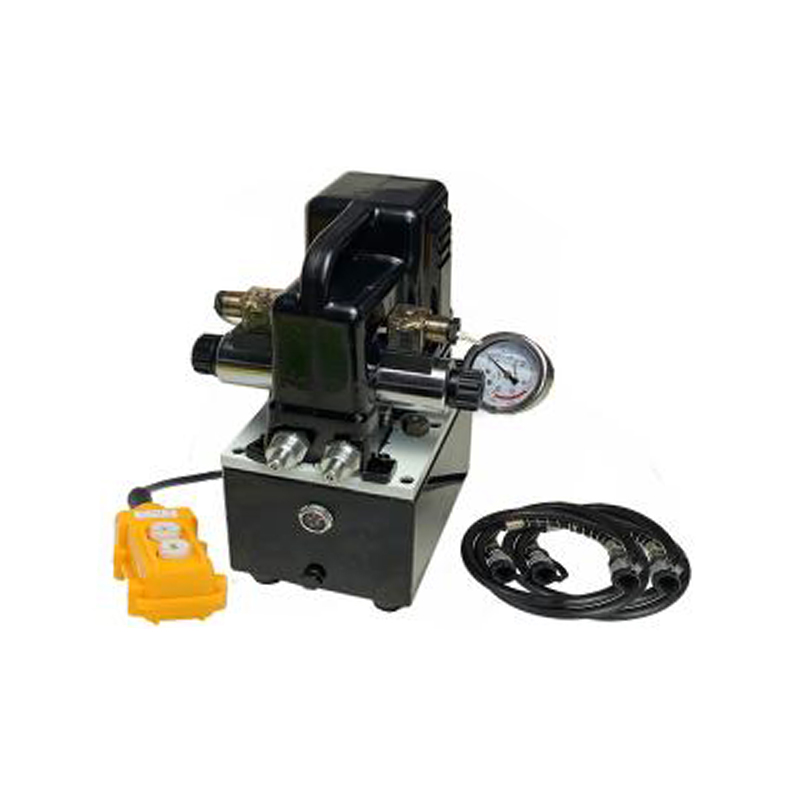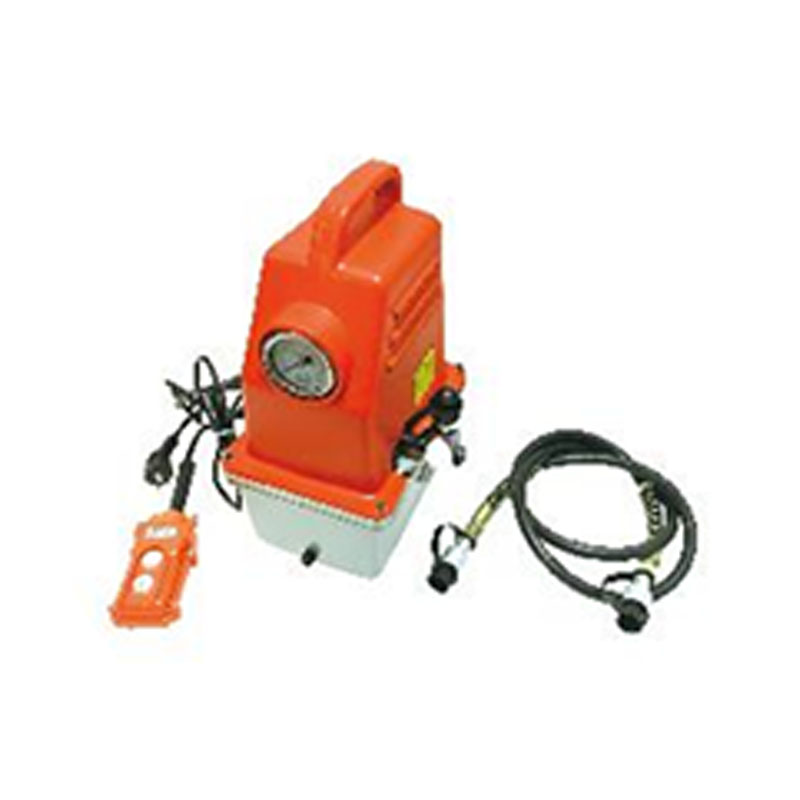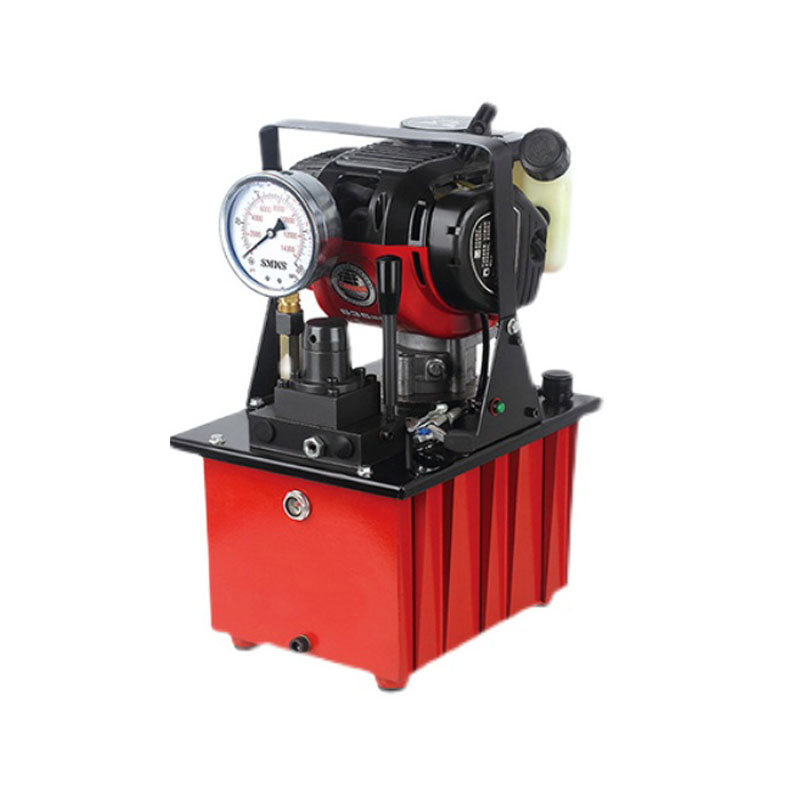CRC-55 split hydraulic iron plate chamfering machine can cut 45 ° or rounded corners
 2025.07.04
2025.07.04
 Industry News
Industry News
Understanding the Mechanism of Hydraulic Cutting
A Hydraulic Angle Steel Cutter operates through a powerful hydraulic system that applies force to shear angle steel with precision and speed. This type of machine is commonly used in metal fabrication, construction, and industrial maintenance due to its efficiency and reliability. Despite its many advantages, one concern often raised by users is whether material jamming—also known as “stock jamming” or “workpiece blockage”—is likely to occur during its operation. Understanding the potential for jamming involves looking at the structural design, material properties, and operator habits.
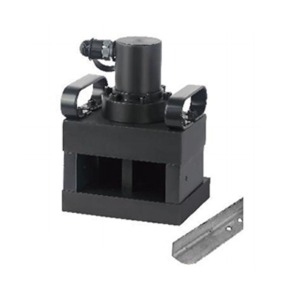
Common Causes of Jamming During Cutting
Material jamming typically happens when the angle steel is not properly aligned, is irregular in shape, or has internal stresses that release unevenly during the cut. In some cases, using worn or improperly sharpened blades can also contribute to resistance and eventual blockage. If the clamping system is not secure enough or the feeding mechanism is inconsistent, the steel may shift during operation, becoming lodged between the blade and the cutting die. Additionally, trying to cut materials outside the recommended thickness range can stress the machine and cause jamming or even mechanical failure.
Design Features That Prevent Jamming
Modern hydraulic cutters are designed with built-in features to reduce the risk of material jamming. Precision-guided blades and reinforced clamping mechanisms help maintain accurate positioning throughout the cutting cycle. Some machines include self-centering vices or automated adjustment settings to accommodate minor variations in material size or positioning. In advanced models, sensors can detect abnormal resistance during cutting and automatically halt the machine to prevent further damage. These design improvements significantly reduce the chance of material becoming stuck in the cutter.
Operational Practices to Avoid Blockage
Operators can also play a major role in preventing material jams. Ensuring that the angle steel is clean, free of burrs or surface defects, and properly aligned before cutting is essential. Regular maintenance of the hydraulic system, including checking for oil pressure stability and blade sharpness, helps keep the machine running smoothly. Training staff to recognize early signs of misalignment or overloading can further reduce the likelihood of cutting errors that may result in jamming. A clean and organized workspace also reduces the chances of foreign objects interfering with the cutting path.
Material Quality and Geometry Influence
The properties of the steel being cut can impact jamming risk as well. Low-quality or warped angle steel may not sit evenly in the cutting cradle, increasing the chance of slippage or uneven force distribution. Irregular profiles, such as heavily rusted or bent stock, require special care and possibly alternative cutting methods. Machines used in high-volume operations with repetitive cuts are less prone to jamming because of the consistency in material size and handling. However, custom fabrication shops dealing with diverse sizes and profiles must pay closer attention to setup and handling.
Conclusion: Jamming Is Rare With Proper Design and Use
In conclusion, while there is always a mechanical risk of material jamming in cutting machinery, the Hydraulic Angle Steel Cutter is specifically engineered to decrease this risk. With precise setup, regular maintenance, and attention to material quality, the likelihood of jamming is low. As long as operators adhere to recommended practices and machine limitations, this equipment offers reliable, uninterrupted performance for both industrial and workshop use. Proper use and preventative maintenance are key to ensuring the cutting process remains smooth and efficient.



 Español
Español русский
русский
